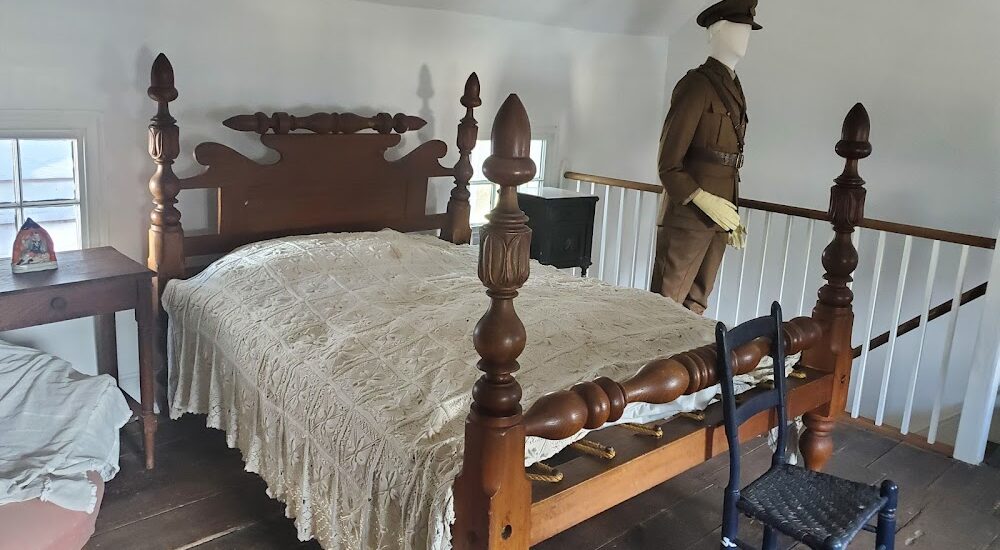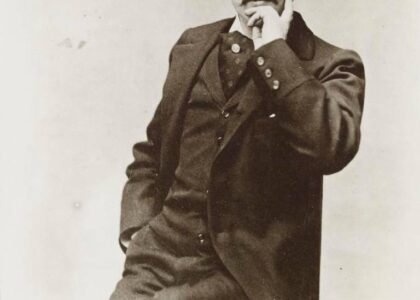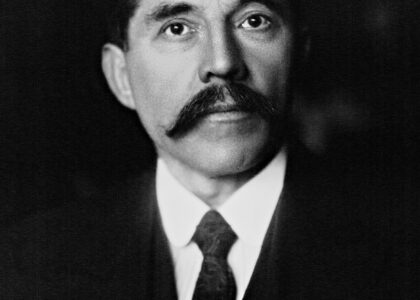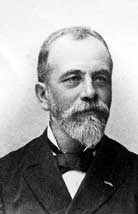Welcome to the Ratcliffe–Logan–Allison House, a cornerstone of Fairfax’s rich historical tapestry. Often referred to by its historical moniker, Earp’s Ordinary, this venerable structure stands as the oldest residence in the district, with its origins tracing back to the early 19th century. Constructed between 1805 and 1813, the house initially served as a home and later as a stagecoach stop by 1820, playing a vital role in the thriving transport network of the time.
The Ratcliffe family, particularly Richard Ratcliffe, is synonymous with the early development of Fairfax. Born around 1751 in Fairfax County, Richard was a man of influence and ambition. His father, John Ratcliffe, was a contemporary of George Washington and even had the distinction of dining with him, as noted in Washington’s diaries. Richard himself was a notable public servant, taking on roles such as county sheriff, justice, and overseer of the poor, among others, from 1771 until his death in 1825.
Richard Ratcliffe’s legacy is deeply entwined with the city, earning him a reputation as the ‘Father of Fairfax.’ He was instrumental in the creation of the town of Providence, now known as Fairfax, by donating land for the construction of a new courthouse in 1799—a strategic move that also benefited his tavern business across the street.
The Ratcliffe–Logan–Allison House not only served as a family home but also as a witness to the burgeoning growth and political maneuverings of early Fairfax. Its walls have seen the transformation of the area from a quiet settlement to a bustling hub. The house itself has been preserved as a historical landmark, offering visitors a glimpse into the life and times of those who shaped the city.
As you explore this historical gem, imagine the stagecoaches arriving, the Ratcliffe family going about their daily lives, and the bustling activity that once surrounded this important Fairfax landmark.





